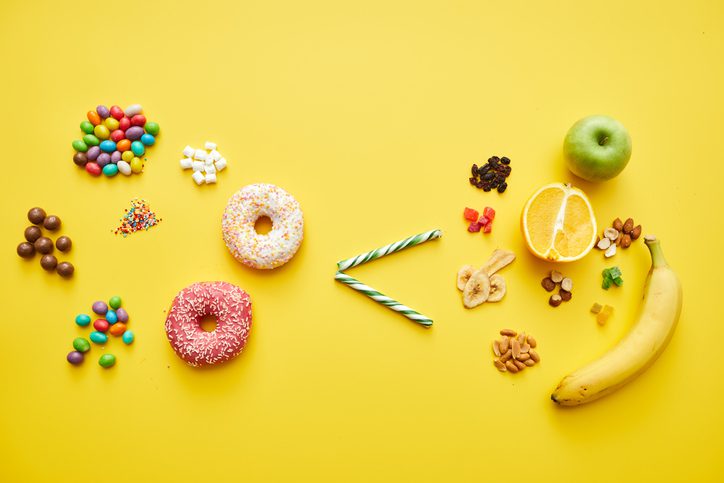
by rachael | Jan 23, 2023 | General News
You’ve probably been to a birthday party and heard parents commenting on their kids’ sugar rush. Or sighed yourself at the hyperactive energy on display after a round of trick-or-treating or Valentine’s Day candies. But are sugar highs fact or fiction? It turns out...

by hanna | Jan 6, 2021 | Nutrition, Physical Health
Did you know that sugar is the most popular ingredient added to foods in the United States? In fact, the average American consumes 152 pounds per year—that’s three pounds per week! Serious health complications can arise when too much sugar is consumed including weight...




